I've read many VoIP echo topics, like What is echo cancellation? Causes of Echo
And here is what I understand. Supposed there are A and B calling, and A hears his own voice (echo)

- Its B who causes echo. Because B's microphone has captured B's voice and B's speaker voice (which contains A 's voice)
- Since B causes echo, he must implements echo cancellation on his side. This echo cancellation works like this: B will save a copy of A voice, and check if the data B will send contains this copy. If yes, B must substract this copy from the transmit data
Is this right? Please correct me if I'm wrong